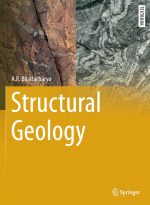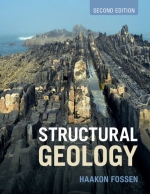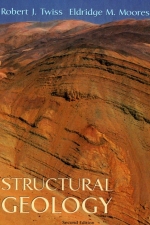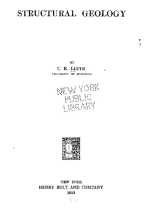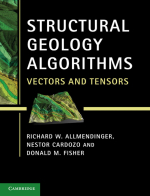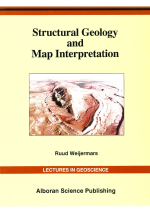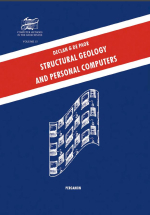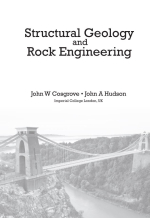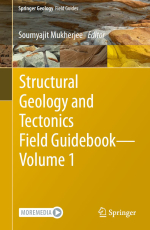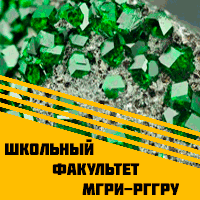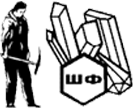Standing on a rocky terrain, one may occasionally notice beautiful structures in rocks. The variety of geometrical shapes of the structures poses great inquisitiveness to an onlooker. What are these structures, how are these formed and what does their occurrence indicate are some of the questions that haunt his/her mind. Answers to these questions are hidden in a discipline of geology called structural geology, which encompasses the study of all aspects of the deformation structures such as their geometry, field relations, geographic distribution, genesis and related aspects. Since the structures in the context of structural geology are formed by deformation, these are also called deformation structures or tectonic structures. They occur on scales ranging from tens of kilometres to those that can be seen only under a microscope. Faults, folds and joints are some common examples of structures. Structural geology is closely related to another discipline of geology called tectonics, which includes deformation on a much larger scale, i.e. from regional to lithospheric. Structural geology and tectonics commonly go together and even overlap when studied on the same scale. Structures are sometimes associated with economic minerals and hydrocarbons. The type and orientation of structures are important in civil engineering work such as dams, tunnels and bridges. Structural geology has implications for academic, economic, societal and environmental aspects.
This chapter presents a panoramic view of the wonderful world of structural geology so that the reader systematically starts gearing up for an in-depth study of this discipline.


